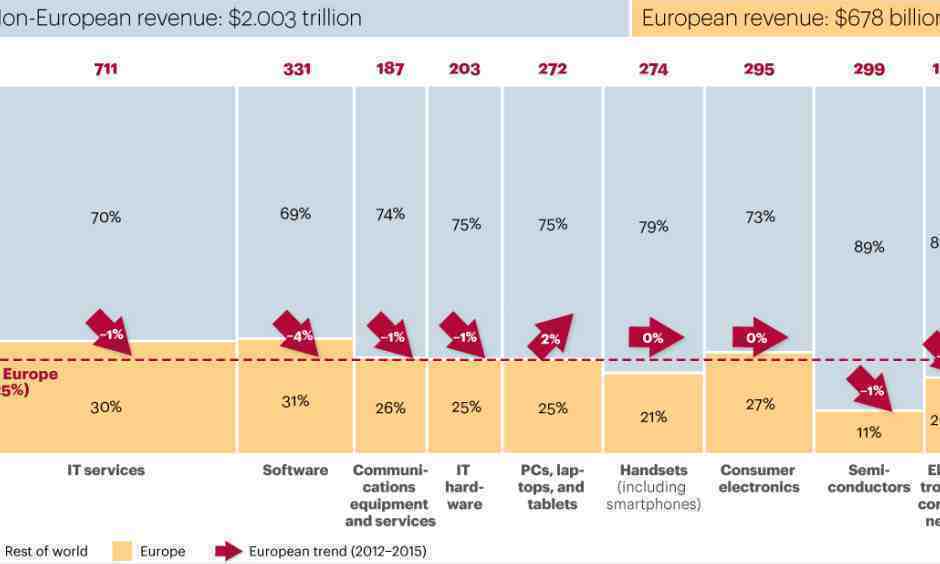“Mexico is spending US$5 billion to modernise its ports as it seeks to double cargo handled from 250 million tons to 500 million tons during the six-year tenure of President Peña Nieto (2012-2018),” he explains.
As part of this project, Mexico is investing in three inter-oceanic multi-modal corridors. “[These are] the Northern corridor, which connects the Port of Mazatlan in the Pacific with the Port of Altamira in the Gulf of Mexico, the central corridor that connects the ports of Lazaro Cardenas and Manzanillo in the Pacific with the Ports of Tuxpan and Veracruz on the Gulf, and the Southern, or Tehuantepec Isthmus corridor, which is seen as an economic development engine for the region. This connects the ports of Salina Cruz in the Pacific with the port of Coatzacoalcos in the Gulf,” Diaz-Balart highlights.
One of the biggest recent challenges for Latin America’s ports has been the ‘stress’ they’ve experienced thanks to the cascading effect felt from shipping lines using ever-larger vessels.
As part of its plan to improve Mexican ports’ capacities, the government contracted APM Terminals to design, build and operate a new deep water terminal at the country’s second busiest port.
“This terminal will enable bigger volumes to be handled on the Pacific coast of the country – a strategic area for shipping connections to Asia,” notes José Rueda, Managing Director of APM Terminals Mexico.
The high tech terminal, called APM Terminals Lazaro Cardenas, opened to receive its first official vessel call in February, once phase one of construction was completed. Its depth is currently 16.5m, deep enough for today’s biggest container ships, but will be deepened to 18m to accommodate future larger vessels. Currently 750m in length, the quay will also be lengthened to 1.5km, with further cranes and rail tracks to be installed, eventually increasing the terminal’s capacity to 4.1 million TEU’s – twice the current capacity of Mexico’s biggest port, Manzanillo. This work is scheduled for completion between 2027 and 2030.
Semi-automated processes geared towards increased productivity
Regarding technology, it uses semi-automated processes that are geared toward delivering higher productivity and availability for clients, as well as contributing to Mexican trade growth by offering a new gateway for commerce. As Rueda highlights, APM Terminals believes that digitisation and automation are key factors to success in this sector – globally.
“Connectivity, delivery times and digitalisation are from my point of view challenges in the business, but not only regarding this region,” he notes. “Terminals in the near future will need to operate with service standards unknown today and this will be a basic requirement in less than ten years. We understand these requirements and at APM Terminals Lazaro Cardenas we are now ready to bring our customers the service of the future.
“Our semi-automated terminal has automated gates and stacking cranes are operated from the control room in the office building,” he highlights. “Both the gates and cranes are equipped with optical character recognition (OCR) and in general all areas of the terminal use the most advanced technologies available.”
The port’s high tech nerve centre is of course its control room. Even before a ship docks, its cargo manifest will be in the system and an unloading sequence worked out. The OCR identifies containers, allowing the operator to track its progress throughout the terminal and sensors assist them with trajectory prediction, alignment and stacking.
Cargo flows are segregated depending on the next destination and mode of transport. For example, if the container is moving on by rail, the terminal management system will schedule a railcar and interact with the shunting software to ensure that an optimal train composition is created in the on-dock rail facilities.
Once the container has left the terminal by whatever means, it is automatically tracked until it leaves APM Terminals’ custody.
“This investment brings the highest productivity and reliability in operations, providing error reduction, accuracy, reliability and cost savings. It also provides a safer working environment and enables our employees to develop new skill sets,” Rueda highlights.
A concerted bid to improve the supply chain to Asia
This project is just one part of a much wider undertaking to improve Mexico’s supply chain to Asia and the rest of the Americas. APM Terminals Lazaro Cardenas provides improved connectivity to its inland terminal in the industrial centre of Mexico City, home to more than 200 onward distribution centres, also helping to improve Mexico’s trade routes. But as well as boosting trade, projects such as this are boosting local communities by providing more skilled jobs, which in turn help regional economies.
“Before I joined APM I was basically an unskilled worker, even though I had a good high school education,” says Martin Aviles Luna, an STS crane operator. “Many of my colleagues were in the same boat as myself, so to speak, and they too have been set on a promising career path.’”







